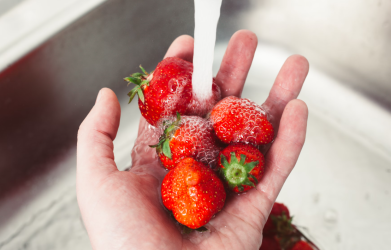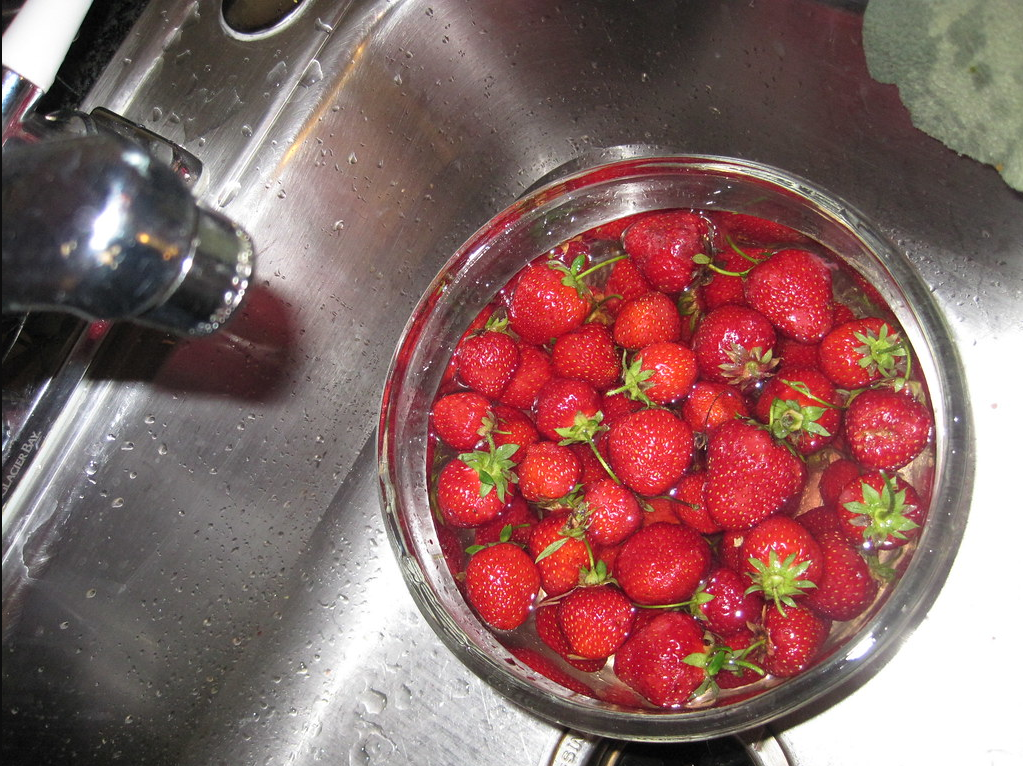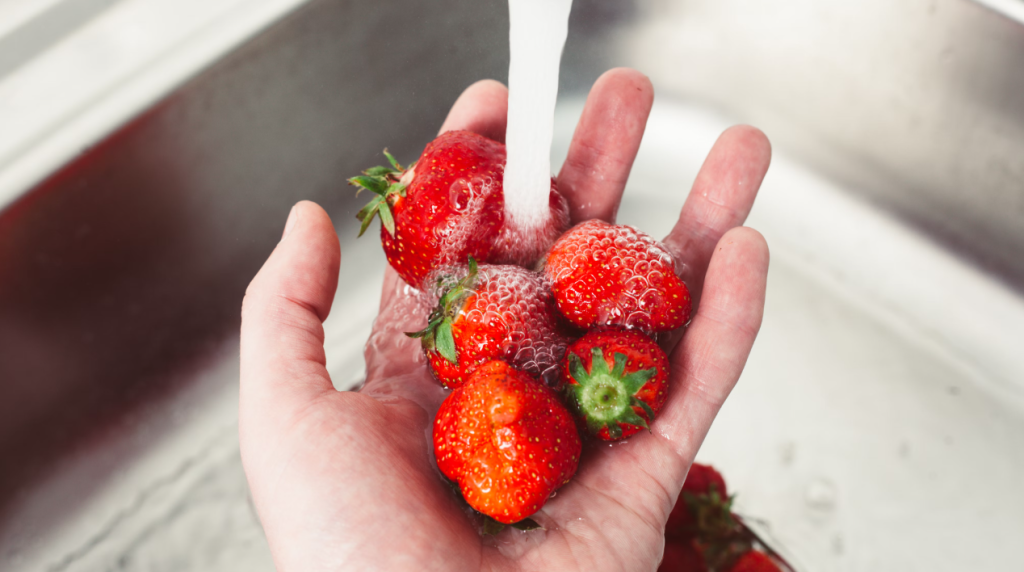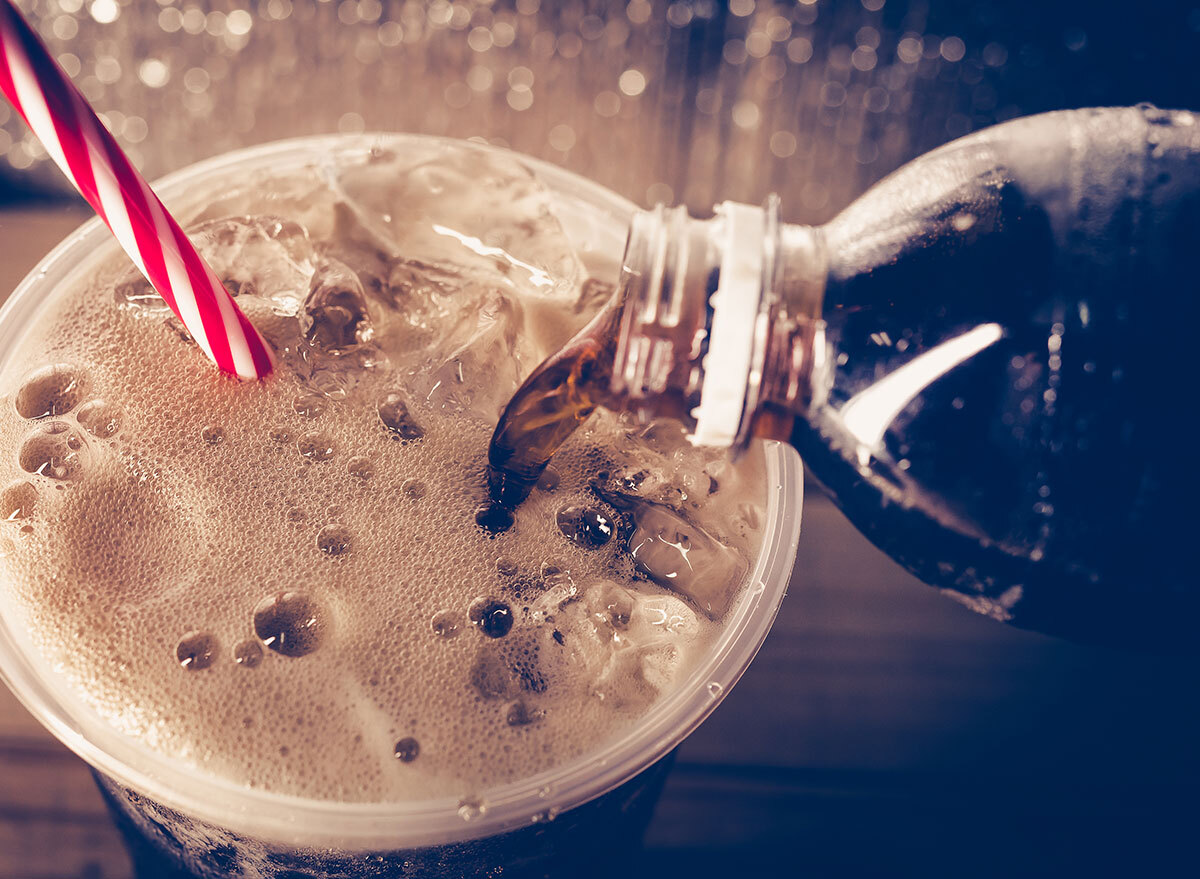You are washing strawberries wrong - chef reveals the right way and surprises with final recipe!
Learn how to wash strawberries correctly with the technique recommended by a chef and the Ministry of Health and see practical tips to keep the fruit longer.

It's hard to have someone who doesn't like strawberries, one of the most succulent and refreshing fruits that exist. This food, which is usually produced between August and October in Brazil, can be consumed fresh, kept in jams or syrups, or part of recipes, usually in the field of confectionery.
One of the few strawberry defects, however, is its fragility. It is not possible to rub it or take your peel to ensure it is clean before consumption. So, see how it is possible to wash strawberries, according to chef Heinz Wuth, known as @soycienciaycocina on social networks.
How to wash strawberries with thermotherapy?
According to Chef Heinz, one of the best techniques for washing strawberries and keeping them protected from fungi and bacteria longer is thermotherapy. This technique consists of a hot water bath, followed by the complete drying of the fruit and storage in a container ventilated in the refrigerator.
According to the website Infobae Thermotherapy consists of submerging strawberries in water that is at a temperature between 43 ° C and 54 ° C for 30 seconds. In the experiment conducted, the strawberries were agitated inside this water, which was drained. Then the fruits were transferred to a salad centrifuge lined with paper towels and dry outdoors until they are completely dry.
The strawberries remained free of mold for a week.
Ministry of Health instructions to wash vegetables
The Brazilian Ministry of Health website, on the other hand, instructs that fruits, vegetables and vegetables should be washed in running water and soaked in chlorinated water. To do this, take your bleach (that simpler, without perfume) and read the vegetable washing preparation instructions.
Each bleach usually has different instructions, depending on the percentage of sodium hypochlorite, but there are usually 1 or 2 tablespoons for each liter of water and a 10 -minute sauce, followed by rinsing with drinking water.
This is how I do it here at home, and strawberries do not usually mold (because there are not many days in the refrigerator). Something I also usually do when I can buy more strawberries, with a more affordable value, is jelly, which can last months if stored correctly.


Other ways to preserve strawberries: jellies, syrups and jams
If, even cleaning and storing strawberries correctly, you still see the fruits spoil for not eating them fast enough, maybe it's time to think of creative (and delicious) ways to preserve them. Some examples:
- Homemade jam: This alternative is a classic. You just need strawberries, sugar and a touch of lemon to accentuate the taste and help with conservation. Cook everything over low heat until thickened, macerating the strawberries in the process, and store in sterile pots. Stored in the refrigerator, it can last weeks. If it is properly packed, it can hold months in the pantry.
- Strawberry syrup: Cook the fruit with sugar and some water, then strain and store the liquid. This syrup is amazing with drinks, desserts or even to sweeten a lemonade.
- Jam: To do, just cook the strawberries with sugar and some lemon juice until they are soft and wrapped in a thick syrup. The secret to storing is the sterilization of pots and vacuum closure.
Finally, it is worth a golden tip: always remove the strawberries from the tray as soon as it arrives from the market. After cleaning, transfer them to a clean container lined with paper towels, and leave some room for the fruits to “breathe”. Moist and damp strawberries have a short life.

That's why you've never heard from Chuck Norris Plus

